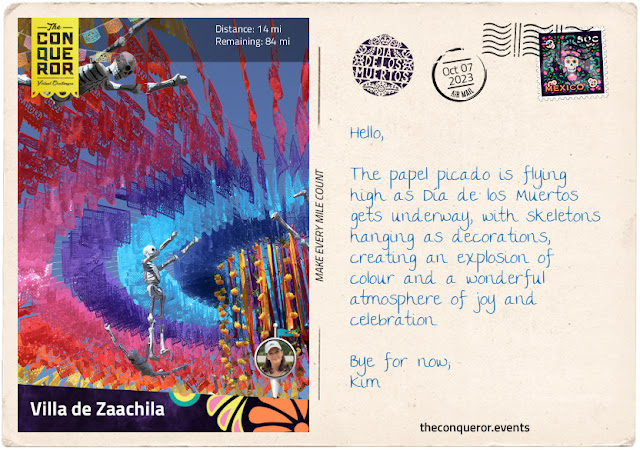Zimatlán de Álvarez is closely intertwined with the history of the region. Before the arrival of the Spanish conquistadors in the 16th century, the region was inhabited by indigenous Zapotec people, who were known for their advanced civilisation, developing writing systems, agricultural practices, the divinatory calendar, and impressive architecture. When the Spanish conquistadors arrived in Mexico in 1521, they began their conquest of the Aztec Empire. As they established Spanish rule, they used the same tactics and strategies to expand their territories over Oaxaca, which Zimatlán is part of. With colonisation came the assimilation of the Zapotec people into Spanish culture, where Christianity and European customs were introduced. With time, the cultural and religious changes within the Zapotec civilisation merged with the beliefs and practices of Catholicism. This influence is present in the celebrations of Día de los Muertos, where the pre-Columbian indigenous practice of honouri




